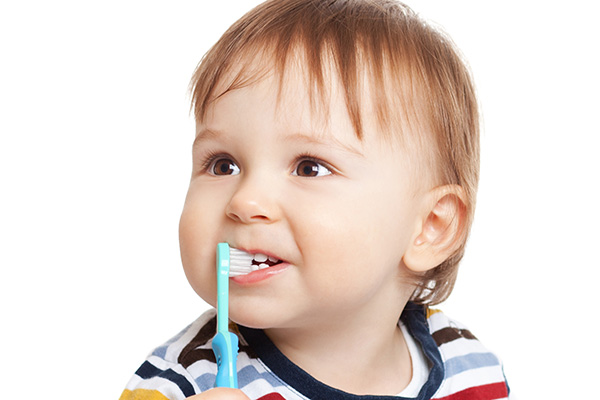Will an Orthodontic Treatment Make Teeth More Vulnerable to Decay?
 Orthodontics can get you straighter teeth over 12 to 36 months, but treatment can put your teeth at an increased risk of developing tooth decay. Your risk of gum disease also goes up during treatment. This is due to the nature of the appliances used for orthodontics.
Orthodontics can get you straighter teeth over 12 to 36 months, but treatment can put your teeth at an increased risk of developing tooth decay. Your risk of gum disease also goes up during treatment. This is due to the nature of the appliances used for orthodontics.
How treatment with orthodontics increases the risk of tooth decay
Braces come with the highest risk of tooth decay. The brackets and wires that make up the appliance are ideal places for food particles and acid-producing bacteria to unite. These microorganisms convert the sugars in food particles into acids that cause tooth decay. They also produce plaque, which causes gum disease.
Clear aligners do not increase the risk of tooth decay and gum disease as much, if the wearer uses the devices as recommended. Clear aligners block saliva from washing away acids, food particles, and bacteria on teeth. That can be a bad thing when teeth are covered with food particles. In that scenario, the acids made by oral bacteria get to damage teeth without having to deal with saliva washing them away.
Reducing the risk of decay when wearing braces
People who go with braces for their orthodontic treatment have the highest risk of tooth decay. Simple things that they can do to reduce this risk include:
- Brush and floss after every meal to remove food particles stuck under the wires and brackets of the appliance
- Avoid foods that are more likely to get stuck on braces, like corn or apples
- Use prescription-grade toothpaste that does not erode the metal components of braces
- Use a water flosser to clean areas that brushing cannot reach
- Avoid consuming sugary foods, especially chewy ones like caramel
- Visit a dentist regularly for preventative treatments
Reducing the risk of decay when wearing clear aligners
Clear aligners being removable makes it easier to keep teeth clean during treatment. The aligners can be removed when it is time to eat or clean teeth. People who choose clear aligners should only put their aligners in after cleaning their teeth, to prevent food particles from being stuck underneath the aligners. Other things that they can do to protect their teeth include:
- Floss after every meal to keep interdental spaces clean
- Use mouthwash to reduce bacteria population in the mouth
- Get fluoride treatments to strengthen teeth enamel
- Avoid drinking anything that is not water when wearing clear aligners
Get straighter teeth
While straightening your teeth with orthodontics increases your risk of tooth decay, the many benefits outweigh that risk. These include:
- Have a more aesthetically pleasing smile
- Clean teeth easier
- Correct speech impediments
- Have less stress on temporomandibular joints
- Alleviate issues like teeth clenching and grinding
- Enjoy a wider range of foods after treatment
Ready to start reaping all the rewards of teeth-straightening treatments? Call or stop by our Reston clinic to schedule a consultation with our dentist.
Request an appointment or call Precision Orthodontics & Pediatric Dentistry at 703-391-8800 for an appointment in our Reston office.
Recent Posts
Retainers are a proven way to maintain the results after orthodontic treatment. They hold the teeth in place to prevent them from shifting around, solidifying the results of braces, aligners, or other teeth straightening treatments. By skipping retainers, the teeth will shift back out of place. Understanding the importance of retainers can motivate patients to…
Curious about your teeth straightening options? Read on to learn more. Achieving a straight and attractive smile is a desire that transcends age. Fortunately, advancements in orthodontic treatments have allowed adults to improve their smiles efficiently and discreetly.The following are some options an orthodontist might suggest when seeking teeth straightening treatment:Clear aligner treatment is a…
Phase 1 Orthodontics plays a vital role in guiding the proper development of a child’s teeth and jaw. This early intervention is recommended during the mixed dentition stage, when both baby and permanent teeth are present. Phase 1 Orthodontics focuses on correcting issues affecting bite alignment, jaw growth, and overall oral function. Addressing orthodontic concerns…


